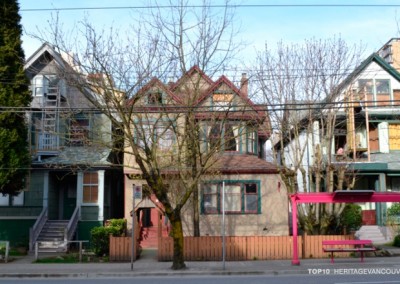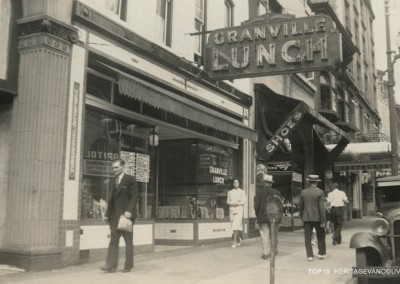The heritage and character of Strathcona North of Hastings continue to face possible erosion due to continuing pressure to build social housing and other amenities in this area. One of Vancouver’s oldest houses at 502 Alexander Street is currently under threat of demolition, and other houses at 412 and 414 Alexander may face a similar future if they are not protected.
The City’s recently-initiated Planning Process in this area presents a unique opportunity to recognize and celebrate the heritage and history of this historic neighbourhood.
Threat
What is the threat to Strathcona North?
While Strathcona south of Hastings Street has undergone a revival in recent years, the area north of Hastings Street is falling into neglect. The area is bounded by Main Street on the west, Hastings on the south, Heatley Avenue on the east, and the Port and the CPR tracks to the north. A combination of changes in traditional neighbourhood-to-port access patterns, which was crucial to the neighbourhood’s initial development and demographic vitality, and past and current city zoning and planning policies have separated the north and south parts of Strathcona.
The entire East End neighbourhood went through a prolonged period of enforced deterioration after the Bartholomew Plan of 1928 inspired Vancouver’s first zoning by-law that zoned the area from Dunlevy to Clark as six-storey industrial. After the failed attempt by the City to wipe out the resulting “urban blight” through wholesale demolition of the neighbourhood’s existing Victorian and Edwardian houses and the construction of high-rise project housing, the remaining heritage structures below the alleyway south of Hastings were protected by a new, specially designed zoning called RT3. No such protective zoning was provided for built heritage to the north or along Hastings Street.
The expulsion of the neighbourhood’s Japanese-Canadian community in 1942, and the appropriation of their property, left the City of Vancouver with a sizeable amount of real estate in the neighbourhood, including single family dwellings, old tenement buildings, commercial buildings and hotels. The City has not yet developed a comprehensive plan for this neighbourhood. These conditions, along with the drastic increase in poverty, drug addiction, homelessness and associated crime in the area, have undermined its economic viability, and have led to ongoing neglect and erosion of the area’s historic building stock.
The future of one of Vancouver’s oldest houses located at 502 Alexander is currently in question. An Atira Women’s Resource Society social housing project “Imouto” was approved by the City in January 2012. The project is at the corner of Jackson Avenue and Alexander Street, on two adjoining sites. The 1920’s Old Sailor’s Home, 120 Jackson Avenue has been carefully restored and Atira has agreed to designate the building on the Heritage Register. Unfortunately, in order to build more housing units on the adjacent 502 Alexander site, using repurposed shipping containers, Atira plans to demolish the existing heritage house, unless a third party will fund the relocation and restoration of the house. It was completed in 1888, two years after the city was founded, making it one of the oldest surviving houses in Vancouver. The 502 Alexander Street house is also significant since it was built by John Baptist Henderson, an early settler and pioneering architect, contractor and entrepreneur, who worked in many western Canadian communities before returning to Vancouver where he died in 1931.
Significance
Why is Strathcona North Significant?
Strathcona, Vancouver’s first neighbourhood, is the home of some of Vancouver’s oldest buildings. Its proximity to the earliest major employer in the area, Hastings Mill, at the foot of Dunlevy Avenue, just north of today’s Railway Street, meant that this neighbourhood developed immediately to the south and east of the mill. From the very beginning this area was a mixed neighbourhood, both in its housing and in its intimate connection to the industry and commerce of the port.
At first, most of the mill’s housing, both for workers and management stood on land which now lies north of the CPR tracks. By the 1880s, houses including those of mill manager R. H. Alexander, Vancouver’s first Mayor Malcolm Alexander MacLean, H.O. Bell-Irving, and others, stood along Alexander Street. The Strathcona North neighbourhood has had a deep connection with Vancouver’s Japanese-Canadian Community and many of the historical houses, hotels, churches, tenements and apartment buildings that remain and were built by, or for, Japanese Canadians or have significant Nikkei history. Alexander Street was home to a thriving Red Light District for a number of decades in the early 20th century. Some of the character houses and buildings that remain on that street date from the time there was an influx of madams to the area, after the closure of the Red Light District on Shore Street.
The neighbourhood contains a number of impressive commercial buildings and historic houses particularly along Railway, Powell and East Hastings Streets. Of these, the modernist Empire Stevedoring Company Offices on Railway is worthy of particular note. Some of the buildings in the neighbourhood that are listed on the Heritage Register include the Japanese Hall at 475 Alexander, the Coroner’s Court (Vancouver Police Museum) at 238-240 East Cordova, The Firehall Theatre at 280 East Cordova, St. James Church, Rectory and Hall, at 303 East Cordova and St. Luke’s Home at 309 East Cordova. The house believed to be the oldest standing house in Vancouver, 385 East Cordova, is not listed on the Heritage Register.
However, only a minority of the buildings listed on the Register are protected through heritage designation. Recent heritage studies, with a focus on old Japantown, were carried out in the area immediately surrounding Oppenheimer Park. There are many other significant historical buildings in this area worthy of protection; two Angelo Calori houses on the 600 block of East Cordova; and the houses at 412, 414 and 502 Alexander; to name only a few.
Position
Heritage Vancouver’s Position
As part of our involvement in the Downtown Eastside Local Area Planning process that is currently underway, Heritage Vancouver intends to work with other organizations and individuals interested in creating a future for our heritage.
We will explore how to:
- Extend RT-3 Zoning to protect existing heritage housing stock north of Hastings in the same way it does in Strathcona south of Hastings.
- Maintain a mixture of residential, industrial and commercial to reflect the area’s rich residential and industrial history.
- Incorporate the existing Strathcona Community Plan, Strathcona 2010: A Clear Vision For Our Community and the Japantown Plan into the DTES Plan
- Create a clear definition of the Strathcona neighbourhood, one that recognizes the historic connection between Strathcona north of Hastings with Strathcona south of Hastings.
- Find creative ways to revitalize the retail zone on East Hastings, linking the two halves of a reintegrated Strathcona.
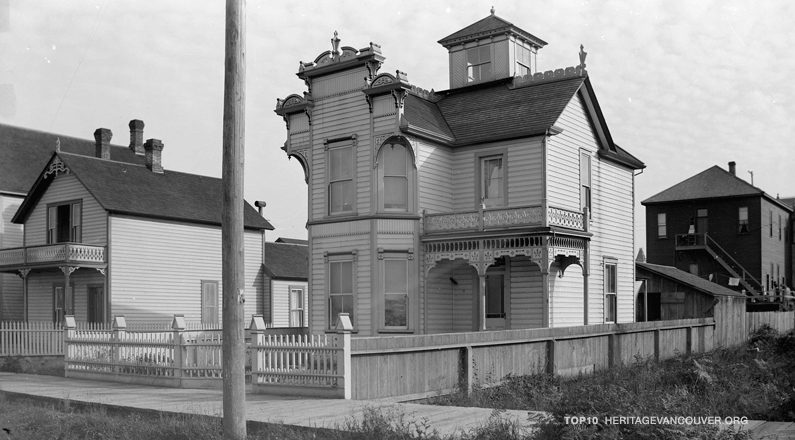


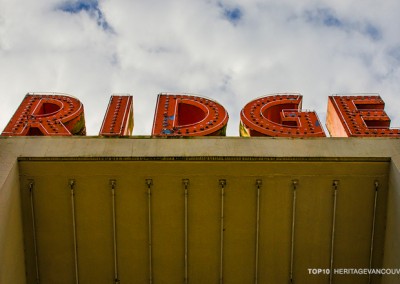
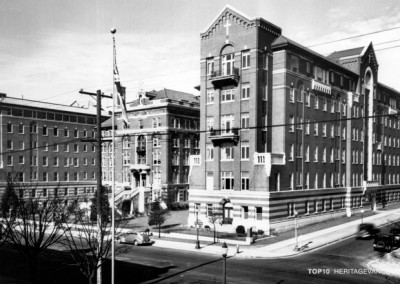
![4. Schools: Sir James Douglas Elementary (1910-12) [lost]](http://heritagevancouver.org/wp-content/uploads/2012/08/t10-school-douglas-795-400x284.jpg)


